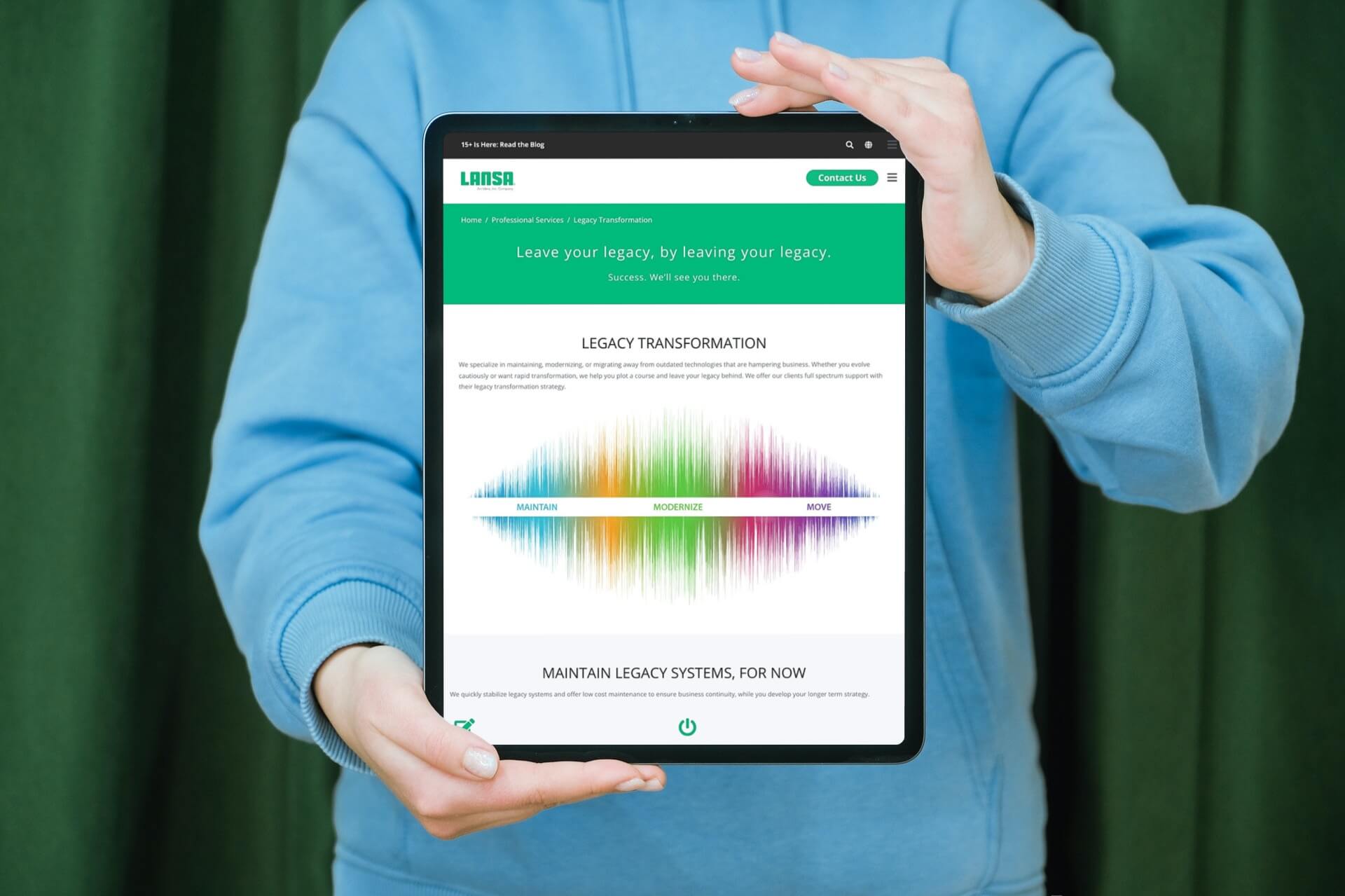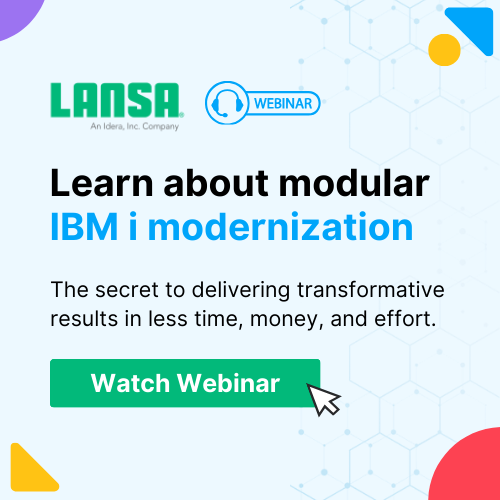Application modernization is not a one-off project — it is a continuous, holistic approach to improving your infrastructure and overall business processes. When it comes to modernizing, simply deciding to use different techniques and tools to solve isolated business problems doesn’t cut it. Simply put, you need a project plan that meets current and future business goals.
But what makes up an application modernization plan?
The ideal modernization plan consists of three components: your project stages, tasks, and review points. Stages are the main action points of the plan, and tasks are the processes for executing each stage. Finally, the review points are useful at the end of the stages to evaluate the success of your project.
In this article, we’ll show you how you can create an application modernization plan specific to your business needs using these components. We’ll also talk about application modernization services.
Here is a brief outline of the modernization stages to guide you through the process.
How Can You Assess Your Application Portfolio?
The first stage of any application modernization project is a thorough assessment of your existing applications. Taking inventory of your application portfolio and rating each application based on its importance to your business operations and goals kicks off your project plan.
So what are the tasks for the success of this stage?
Start by compiling a list of all the applications in your existing portfolio. This includes past and present applications deployed on your system. Then define the business value of these applications. Rather than focusing on the financial aspect of each application, you must incorporate a comprehensive business-related framework for determining the value of each application. This can include scoring how they affect your business processes, customer use, and revenue.
Once you’ve determined the business value of each application, categorize them into four groups: Retire, Tolerate, Modernize, and Invest. Retire includes applications that qualify for elimination— you may find redundant applications or applications with no significant business value in your assessment. In other words, their operation and maintenance cost far outweigh corresponding results. Next, Tolerate includes applications that provide business value but are not necessarily embedded in the company’s infrastructure and therefore require only light support.
Invest is for applications with high potential to deliver good business value, but require reengineering or other major infrastructural enhancement to achieve their potential. Last but not least, Modernize, refers to applications with high business value that are a poor technology fit for the organization. Improvements in this category significantly impact the bottom line. However, these applications may rely on unsupported hardware or platforms or a dwindling pool of human resources. This is the most important category when developing a modernization plan. They represent modernization opportunities — areas around which you will build your modernization strategy.
How Can You Assign a Modernization Strategy?
Having identified applications that require modernization, you need to choose application modernization strategies for each one. Your strategy depends on the application’s needs, your available funding and resources, and your overall business goals. This stage may require detailed planning as it could involve multiple sub-projects.
The following tasks can ensure you execute this stage successfully:
- Match strategies compatible with your overall modernization plan to each application.
- Draft a sub-project plan for each application undergoing modernization. Like your overall project plan, this plan should consist of stages, tasks, and review points.
- Choose the right partner to ensure adequate application modernization services — one who understands your business, as well as your short- and long-term goals. Your partner must take a holistic approach to software and process and possess a proven track record of delivering tailored strategies unique to each application and company.
- Perform cost, benefit, and risk assessments to identify your priorities and prepare for the next stage.
Explore more information on how your organization can utilize modernization solutions in this article about IBM AS 400 iSeries.
How Can You Develop a Modernization Design?
The design stage is a function of the previous stage. This is where you map out actionable steps to modernize each application. This involves choosing appropriate modernization techniques. The techniques you choose for each application depend on the business processes associated with that application and your goals.
For example, if simply adding a graphical user interface could improve your user experience, refacing or screen scraping may suffice.
Here are modernization design tasks:
- Review the business processes associated with applications that are candidates for modernization. Process optimization ought to be part of the design.
- Draft a design for modernizing each application.
- Identify parts of the application to reuse.
- Define the new components and how they integrate with the reused parts of your legacy application.
How Do You Implement Your Modernization Strategies and Techniques?
Having designed your modernization process for each application, the next step is implementation and execution. This is where you put your modernization design into place. Your IT department can begin installing your modernization tools to start transforming your legacy application. It is important to ensure your IT department and implementation teams remain effective throughout the transformation process. To achieve this, you need to prioritize orders and draw up a structure for responding to queries that arise during the project. It is non-negotiable — you must clearly define, from the start, how your project will impact IT and how IT will respond.
The following tasks will ensure the successful execution of this stage:
- Adapt your legacy application. Adapting the legacy application involves building APIs into the legacy application or preparing scripts for screen scraping. The nature of the adaptation depends on the modernization strategy.
- Build or install new and replacement components.
- Build or install integration components.
- Implement changes to business processes.
- Create data conversion tools. Data conversion tools are applicable when the legacy application no longer manages the database.
- Test the modernized application.
How Can You Deploy and Manage Your Modernized Application?
This is the final stage. After completing your modernization process, you need to deploy and manage it. The first approach in this stage should be investing in staff training. Your employees have probably worked with your old systems for years, they must adapt to your new processes to ensure they can maintain and benefit from the modernized applications. Once everyone is up to speed, you can roll out the modernized applications to a production environment.
Learn more about the benefits your business will get from modernizing your 5250 apps in this article about IBM i green screen modernization.
Are You Building Your Application Modernization Plan?
Application modernization is a delicate project, and if not executed correctly, it can quickly turn into a disaster. Fortunately, LANSA has been helping enterprise technical teams with their modernization projects for over 30 years. This level of experience translates into our modernization services and technologies that will ensure the success of your modernization project.
Need help developing your application modernization plan? Our professional services are on hand to guide you. We also have a powerful 5250 modernization solution called aXes. You can also contact us for more information on how you can modernize with LANSA.










